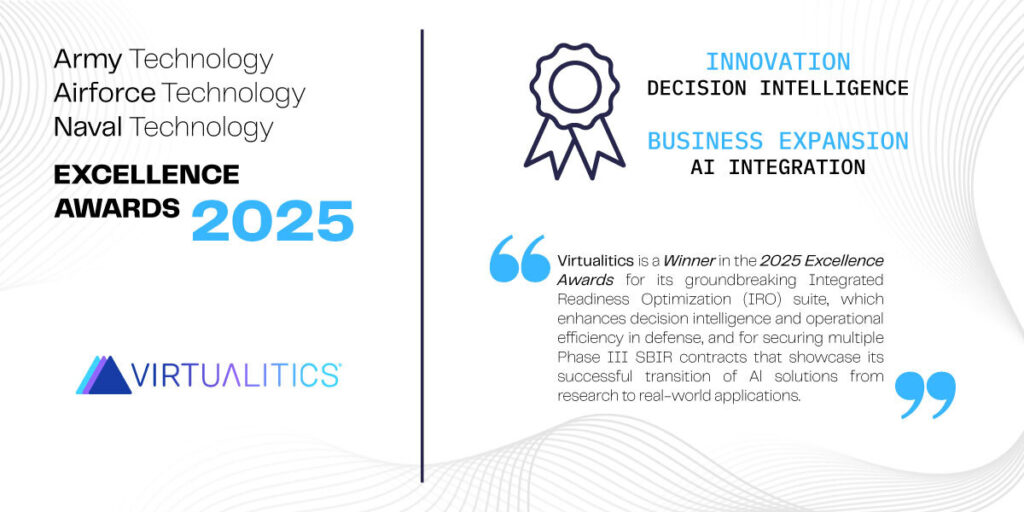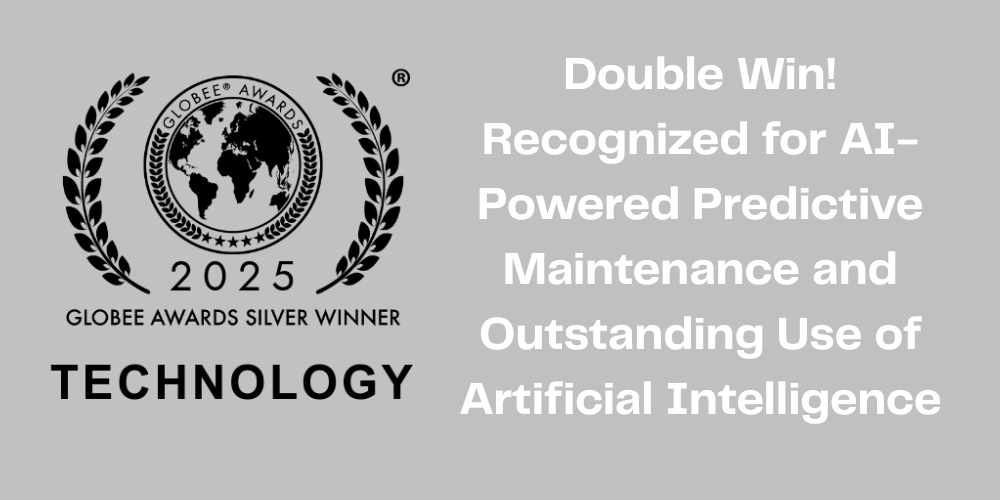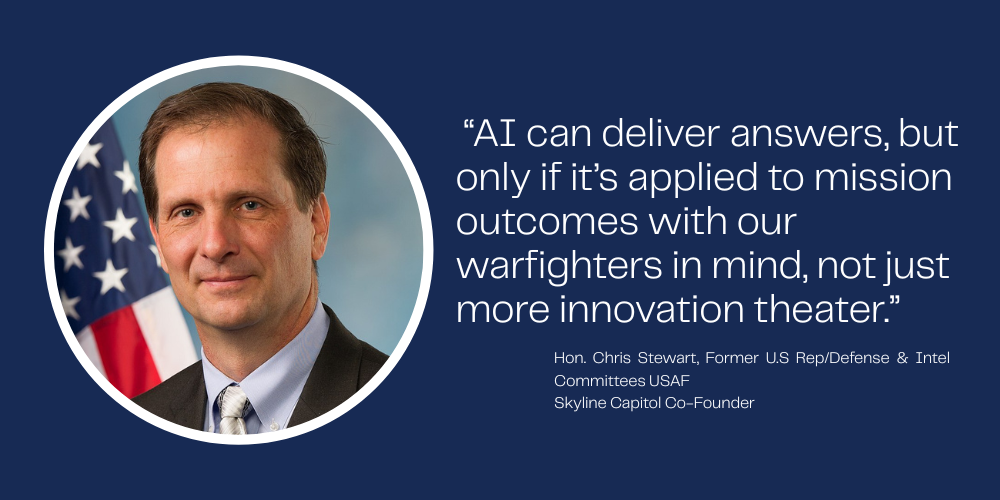The answers to business problems, large and small, are there for the taking—right in your organization’s data. Yet, the quantity and types of data available for analysis have outpaced the tools most organizations have been using.
A CIO.com survey found that 85% of companies are using inadequate tools to explore complex data sets. Furthermore, nearly two-thirds of data science leaders surveyed say that data exploration is held back by a lack of data science skills.
While data scientists have been employing piecemeal AI techniques to wrangle their complex data for years, it’s only recently that AI innovation has resulted in technology that brings sophisticated data analysis within reach of analysts.
Explore, Define, and Solve your business challenges with AI
For too long sorting through data to find useful, unseen insights has required skills and tools that are beyond the reach of the typical data analyst. But with data scientists often tasked with prioritizing more complex and larger data projects, it’s become increasingly important for analysts to become fluent in data exploration.
Advanced analytics platforms like Virtualitics use embedded no-code AI to empower data analysts to:
- Explore and make sense of large, complex datasets
- Interpret findings in plain language
- Produce rich visualizations that clearly illustrate complex stories in interconnected data
When analysts begin this deeper analytics journey, it’s helpful to have a map leading the way. Enter the Explore-Define-Solve framework.
Coupled with Virtualitics’ advanced analytic technology, this best practice framework enables data analysts to discover and validate value-add data projects and work with the business to guide those projects to completion. It keeps analysts from being stuck churning out dashboards, allowing them to extend their reach beyond their own teams and make data a consistent part of the overall strategy.
The 3-step framework in action: Cybersecurity
The Explore-Define-Solve framework starts with AI-powered data exploration and guides analysts on how to follow surfaced insights through to actionable, feasible solutions. Each phase of the framework has steps designed to ensure that projects are aligned with business goals and will deliver value.
Let’s look at how a cybersecurity analyst can use the framework while working in Virtualitics to uncover important insights.
1. Explore insider risk identification
Around 90% of all security breaches originate from phishing scams, but it’s impossible to stop every malicious email. What is possible is to use AI to detect actual threats among the billions of signals of normal activity. Or to uncover the attributes that characterize employee vulnerability to phishing.
To explore the latter, an analyst could ask the system to sort and visualize communities that exist within the population of stakeholders and employees, communities that were previously invisible. They could then ask for statistical insights to determine if any communities have a significantly higher likelihood of falling for a phishing email.
Once it’s possible to proactively identify those who might click on a malicious link, the next step is to define potential strategies for stopping breaches before they happen—more training, banner alerts, or information security changes, for instance.
2. Define what’s behind phishing risks
This stage of advanced data analytics involves working alongside SMEs with the domain expertise to pressure test findings.
The data analyst in our example goes to the compliance and information security teams to validate the predictive value of the communities that exist within the company’s datasets, increasing prediction accuracy. Confirming that the data can be leveraged to predict which employees are at risk of phishing attacks means that, with the right solution, attention can be focused on actual threats. The cybersecurity team can attend to the right priorities instead of spreading themselves too thin on false positives.
3. Solve for insider threats
To solve their insider risk challenge, business decision-makers now have the opportunity to select the best ways to work with the data developed. They could look at the following:
- Should we build a model that generates a list of employees and stakeholders we predict will fail phishing attempts?
- If yes, do we run it daily, weekly, monthly?
- What do we do with that list? Automatically register those people for anti-phishing training? Provide personal outreach to those who are flagged?
As with all strategic initiatives, deciding on focused solutions to stop cybersecurity threats is a combination of data-based conclusions and business-based judgment.
Begin Your Intelligent Exploration Journey
Using the Explore-Define-Solve approach empowers analysts to navigate through massive, complex data sets to focus solely on insight that drives results and contributes to better decisions.
And when a new AI project proposal emerges as a result of analyses, decision-makers can have confidence it’s the right solution. It’s emerged organically from data, in full collaboration with those on the business side, ensuring there’s value in pursuing it.
With empowered analysts, companies can identify and predict trends, uncover new opportunities and cost savings, quickly respond to market changes, and pursue the most promising innovations. Read more in our free ebook about solving business challenges with data and AI.






